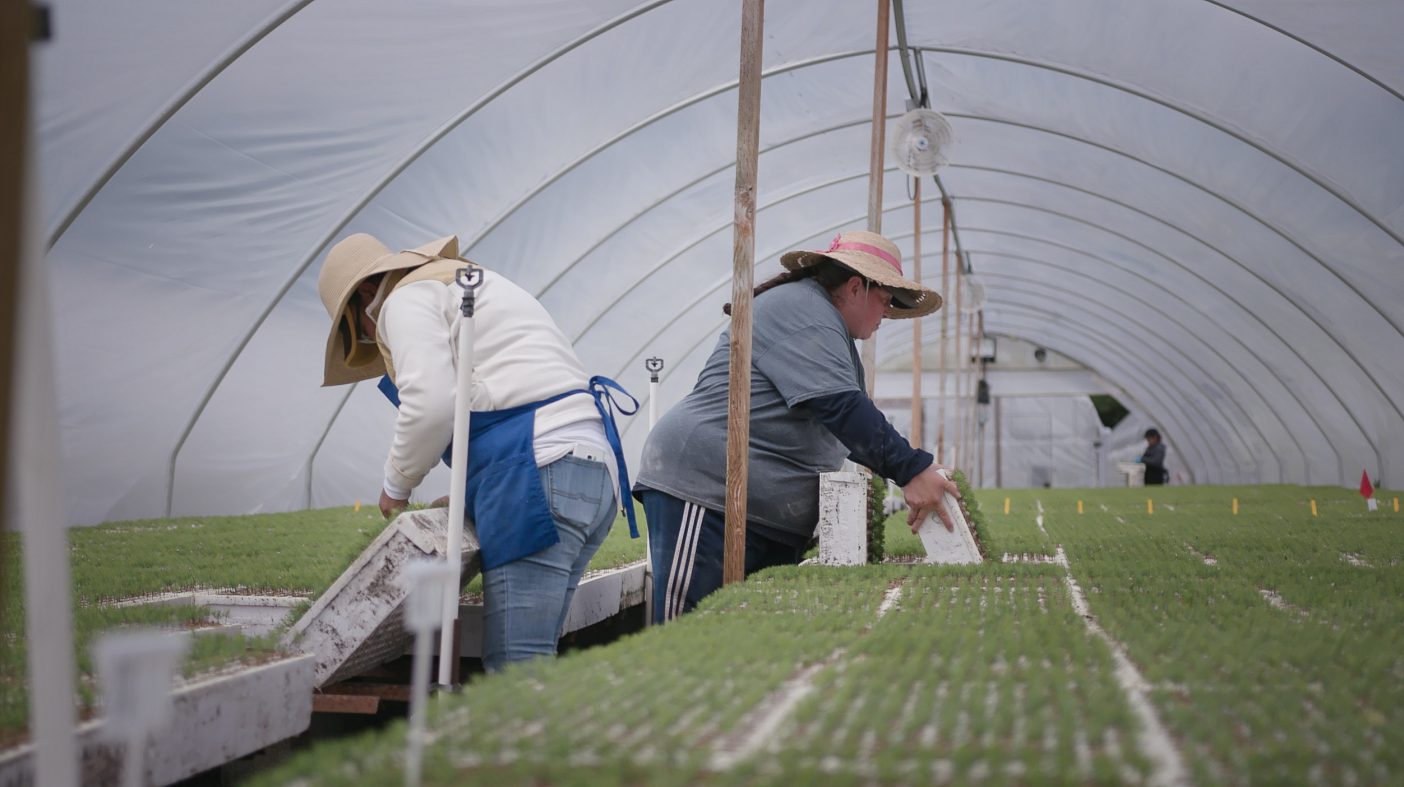Forest landowners in the state diligently adhere to this requirement by planting an average of 52 million tree seedlings each year in recently harvested regions. This practice equates to three new seedlings planted for every tree that is felled. Private landowners are proactive not only to meet the state’s reforestation mandate but also to ensure the next generation of the forest is growing so that sustainable forestry continues its cycle of growth, harvest, production of wood products, and regrowth. Generally, more than 20% of managed forests are protected for fish and wildlife habitat, balancing wood production and environmental stewardship.
Private forest landowners typically commence replanting within 12 to 18 months following a harvest, promoting accelerated growth before wild plants can obstruct sunlight.
Tree Nurseries: The Source of New Forests
The source of these 52 million tree seedlings is local tree nurseries in Washington. New forests are cultivated from seeds collected from cones within the same seed zone or region, taking into account the specific environmental conditions required for each tree species.

The utilization of seed zones aids landowners in replanting trees that are best suited to their site, resulting in robust, long-lasting stands that are resilient to climate variations and pests, and maintain locally adapted genetic diversity.
Replanting Private Forests: A Matter of Expertise and Accountability
The successful reforestation of harvested areas is a complex and challenging endeavor, representing a pivotal step for private forest landowners towards the next generation of forests. Washington’s private foresters take immense pride in mastering the nuances of reforestation. Their responsibilities encompass preparing sites for planting by reducing logging debris, carefully matching tree species with optimal growing conditions, and refraining from soil compaction with heavy machinery before planting to enhance young tree survival rates. The Washington Forest Protection Association’s (WFPA) members are at the forefront of responsible and effective forest regeneration.